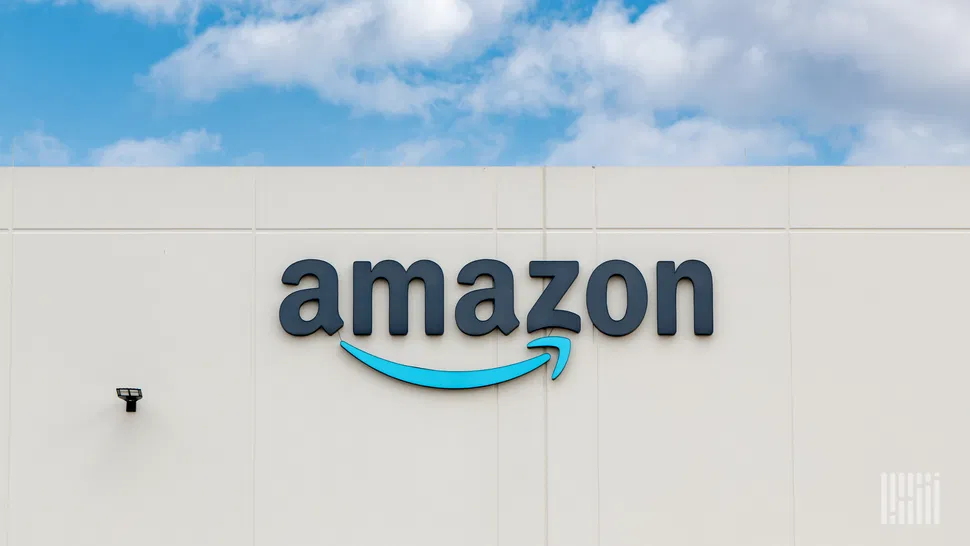E-commerce Giant Achieves Major Automation Milestone
Amazon has reached a significant milestone in its commitment to automation, deploying its one-millionth robot across its global fulfillment network. This remarkable achievement underscores the increasing reliance on technology in e-commerce operations and sets a precedent for logistics in the modern era.
Key Insights
- Milestone Impact: The deployment of one million robots signifies a leap in automation technologies within Amazon’s fulfillment centers.
- AI and Robotics Investment: The company is pushing the envelope with investments in robotics and a new AI model called “DeepFleet,” designed to optimize robotic efficiency.
- Job Upskilling: Amazon asserts it is not just replacing human workers but rather upskilling them for future roles in tech-driven positions.
- Industry Trend Alignment: Amazon’s automation trajectory is representative of an industry-wide shift towards greater reliance on robotics in logistics and warehousing.
The Rise of Automation
Amazon’s recent announcement of deploying its one-millionth robot at a fulfillment center in Japan showcases the company’s intense focus on enhancing operational efficiency. This milestone highlights a wider trend in the logistics sector—a move towards automating various supply chain processes to keep pace with rising consumer demand.
Notably, this trend is powered by significant investments in artificial intelligence, particularly the introduction of the generative AI model “DeepFleet,” which is projected to improve the efficiency of Amazon’s operational robots by a striking 10%. With such advances, the possibilities for streamlining logistics operations are vast.
Labor Market Effects
The automation efforts at Amazon come with their own set of implications for the workforce. Current reports indicate that the company’s workforce has seen a modest increase, boasting about 1.56 million employees as of Q1 2025, marking a growth of three percent from the previous year. However, the number of robots is rapidly approaching the total number of human workers, leading to various questions about the future of labor in logistics.
According to Amazon’s statements, nearly half of its workforce has undergone reskilling initiatives tailored to equip employees with the skills necessary to work alongside advanced technologies. Scott Dresser, from Amazon Robotics, emphasized the collaborative nature of human-robot interactions, where robots handle physically demanding tasks allowing human workers to develop their technical competencies.
| Rok | Amazon Employees | Number of Robots |
|---|---|---|
| 2025 | 1.56 million | 1 million |
| 2024 | 1.51 million | 800,000 |
As noted by industry experts, the proliferation of robots in fulfillment centers stands in line with broader trends in logistics. In a notable partnership, DHL Group recently announced plans to also expand its robotic fleet by acquiring over 1,000 additional package-handling robots, further emphasizing the automated trajectory of the logistics industry.
Creating New Career Pathways
The emergence of robotics in warehouse environments does not merely signal job displacement; rather, it introduces entirely new employment opportunities. Roles for robot technicians and apprenticeships specialized in robotics maintenance are commencing to emerge, proving that the logistics landscape is evolving rather than diminishing. This innovation is anticipated to reshape the labor market, creating positions focused on robotic technology and maintenance.
Szersze implikacje dla przemysłu
The automation trend in logistics and fulfillment centers holds implications beyond just Amazon. As more companies embrace this shift, it signifies a continued evolution in how goods are transported, stored, and delivered. The impact on global supply chains can be substantial, potentially lowering shipping costs, increasing delivery speed, and enhancing reliability across industries.
Logistics professionals should brace for rapid changes as technology redefines typical operational practices. With a growing need for innovative solutions in distribution and transport, companies that swiftly adapt to these advancements, such as through services offered by GetTransport.com, stand to benefit from more efficient logistics operations.
Przyszłość logistyki
In summary, Amazon’s milestone of deploying one million robots is a reflection of the changing face of logistics. Automation enhances operational efficiency, reduces costs, and transforms labor demands, illustrating that robots are essential partners rather than mere replacements in the workplace.
Moreover, even as the industry embraces automation, companies like GetTransport.com provide reliable and flexible solutions for global logistics needs. Their emphasis on affordable cargo transportation, whether for house moves, deliveries, or transporting bulky items, underscores the value of versatility in today’s fast-paced supply chain environment.
To fully appreciate the transformative effects of these advancements, personal experience remains unmatched. While reviews and metrics can offer insights, nothing compares to firsthand involvement. Through GetTransport.com, you can secure your cargo transportation at competitive prices globally, equipping you to make informed decisions without breaking the bank. For affordable logistics that prioritize transparency and convenience, look no further than GetTransport.com. Zarezerwuj przejazd dzisiaj!

 Wdrożenie miliona robotów przez Amazon: Zmiana w logistyce">
Wdrożenie miliona robotów przez Amazon: Zmiana w logistyce">